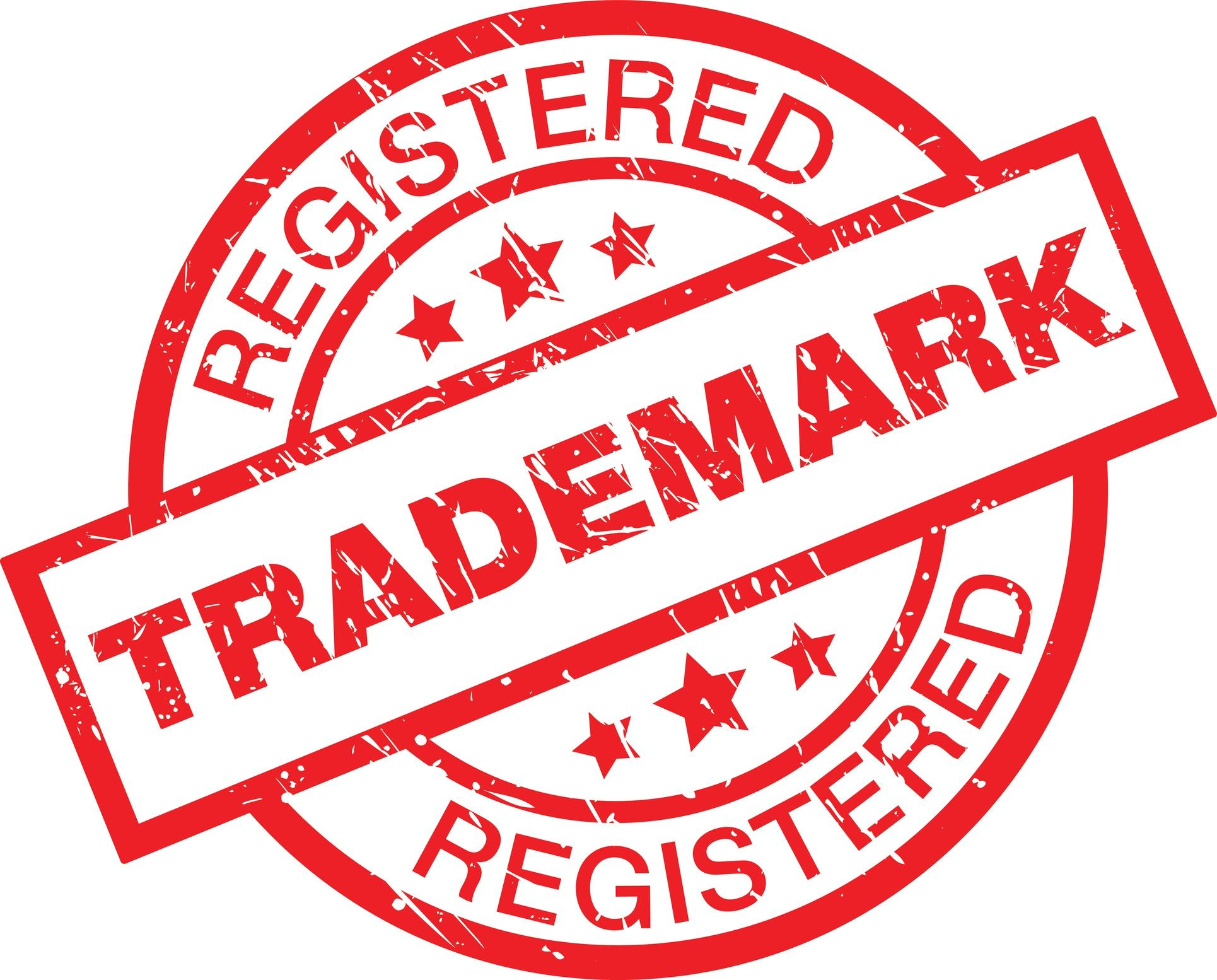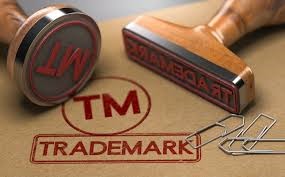
TRADEMARK REGISTRATION
The term trademark refers to a recognizable insignia, phrase, word, or symbol that denotes a specific product and legally differentiates it from all other products of its kind. A trademark exclusively identifies a product as belonging to a specific company and recognizes the company’s ownership of the brand. Trademarks are generally considered a form of intellectual property and may or may not be registered.
In simple words, trademarks are special unique signs that are used to identify goods or services from a certain company. They can be designs, pictures, signs or even expressions. It is important because it differentiates your products from the competitions. It can be associated with your brand or product. Trademarks are classified as intellectual property and therefore is protected from infringement. Trademarks and its rights are protected by the Trademark Act, 1999
To get the protection of trademark rights one has to register the trademark. It is important to register your trademark because it prevents others from copying your mark and misrepresenting other products with your mark. Trademarks help the customers to recognize the brand and the brand value in one look such as the logo of a tick sign for Nike or a jumping wildcat for Puma etc.
Unlike patents, trademark does not have a definite limitation period. Where a patent expires in 20 years a trademark registration expires after 10 years of its registration, but unlike patents, a trademark can be renewed again for another 10 years. This process can be indefinitely done, meaning as long as you keep renewing the trademark it will not expire and will continue to be under the protection of the Act.

Trademarking a Brand Name
By trademarking your company’s name, you are protecting the brand, its reputation, and your ideas, all of which you undoubtedly invested a great deal of blood, sweat, and tear working on. And while the trademarking process itself will take time in all areas considered, nothing would be worse than not protecting your brand and potentially be faced with an infringement lawsuit from a larger company.
The process of brand trademark registration in India is now possible and convenient such that you can trademark any one of the below things or even a combination of the following:
- Letter
- Word
- Number
- Phrase
- Graphics
- Logo
- Sound Mark
- Smell or a mix of colors
Trademark Registry


Who can apply for a trademark?
In the Trademark Registration form, the person whose name is mentioned as the applicant will be declared as the owner of the trademark once the trademark is successfully registered. Any individual, a company and an LLP can be an applicant and may file the application for the registration of the particular trademark.
How should be the agreement between partners formed?

Partnership deed is an agreement between the partners in which rights, duties, profits shares and other obligations of each partner is mentioned.
Partnership deed can be written or oral, although it is always advisable to write a partnership deed to avoid any conflicts in the future.

OPC Requirements:
- Only a natural person who is Indian Citizen and resident in India can incorporate OPC.
- Resident in India means a person who had resided in India for a period not lesser than 182 days in the prior calendar year.
- Legal entities like Company or LLP cannot incorporate a OPC.
- The minimum authorised capital is Rs 1,00,000.
- A nominee must be appointed by the promoter during incorporation.
- Businesses involved in financial activities cannot be incorporated as a OPC.
- OPC must be converted to a private limited company when paid-up share capital exceeds Rs.50 lakhs or turnover crosses Rs.2 crores.
How to register a Trademark?
Choosing a trademark
Mark search
Filing application
- File for a trademark under “one” class. Meaning the trademark will be registered only for the specific class that you have chosen. In this case, you have to fill in form TM-1. The fee payable for the filing of form TM-1 is rupees 3,500.
- The other option is to file for multiple classes or series trademark, or collective trademark. For this, you have to fill in form TM-A. This form allows you to register the trademark beyond one class. Filing of this form has two separate cost brackets:
- Rupees 9,000 or rupees 10,000 If you are not a start-up, small enterprise or an individual you will fall under this bracket. You have to pay rupees 9,000 for e-filing of the from or rupees 10,000 if you file the form in person.
- Rupees 4,500 or rupees 5,000 If you are an individual, small enterprise or a start-up then you fall under this bracket. Rupees 4,500 is the charge for e-filing of the form or rupees 5,000 if you file the form physically.
While filling the form make sure not to make any mistakes, this may lead to delays or even rejection of the application. You have to fill in all the details and also add a picture of the trademark with the dimensions of 9 by 5 cms. You may be required to attach five duplicates of the same. The full file must be then submitted with two duplicates when filing. Confirmation of filing will be done immediately if done online, if done physically it may take to 15-20 days.

Online Trademark Registration Procedure
Step 1: Surf internet for a brand name that is “wacky-enough”
Step 2: Preparing a trademark application
Step 3: Filing the application of brand name registration
Step 4: Examining the process of the brand name application
Step 5: Publication of your brand in the Indian Trade Mark Journals
Step 6: The trademark registration certificate issuance
Right from the moment you have been issued with your certificate, you can use the registered trademark symbol (®) beside your brand name.Thus, with this blog post, we feel that even a beginner can understand all about creating a brand name and registering it successfully.
Status of Application
Once you have received the confirmation of the filing of the application you will get an allotment number. You can check the progress of the application online with this allotment number. This will take time, if there is no problem with the filing then you will get to know whether your application is approved or rejected in 18-24 months. If there is a problem then this may take longer.
Files are prioritized according to the filing date, therefore the longer it takes the more priority your application gets. The other perk about filing the application is that even if it hasn’t been approved you can use the TM symbol next to your mark, once you have received your allotment number.
Registration
Once your trademark is approved the registry will give you a trademark registration certificate. This will officially confirm that your trademark has been registered and is now protected. The registration will be valid for 10 years from the date of the filing of the application. After this period you can renew the trademark again. Renewal can be done indefinitely.
Please Note: A trademark is only protected and valid in India and does not warrant any international status.
Features of Trademark
A trademark can be one of your company’s most valuable assets. It is a form of identification and contributes significantly towards building the company’s public image. A trademark is a visual symbol – a word, name, numbers, label, logo, a combination of colors etc. It is a mark of uniqueness and helps the customers identify a particular brand or company.
The Trademark Act, 1999, governs the laws related to trademarks and their registration.The trademarks in India are registered by the Controller General of Patents, Designs and Trademarks, (Office of the Registrar of Trademarks), Ministry of Industry and Commerce, Government of India.
Take a look at the top 8 things you need to know about trademark registration: